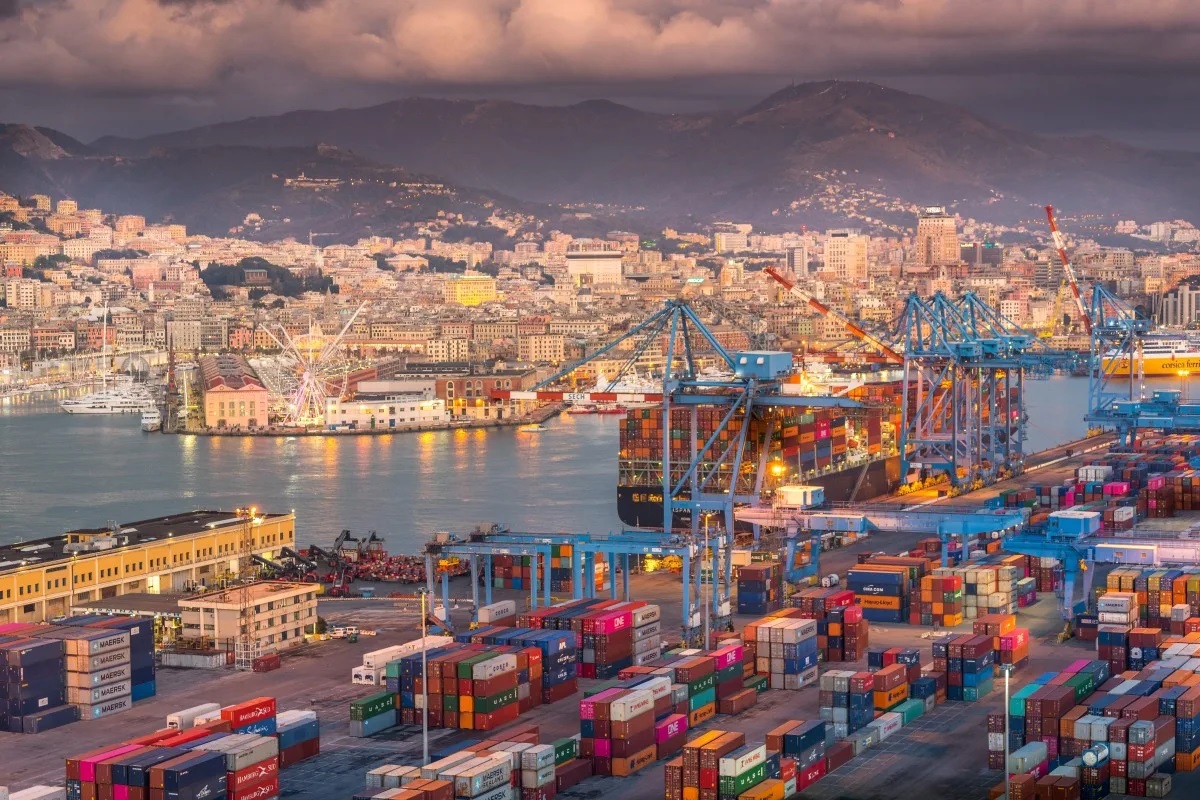



The Global economic outlook is gloomy in the shadow of COVID-19. As Countries take tough preventative public health measures amid what the International Monetary Fund calls ‚Äúthe Great Lockdown,‚ÄĚ the global economy is projected to shrink by as much as 3 percent in 2020.
In China, the first epicentre of the COVID-19 outbreak, the economy has been inescapably ground to a halt despite some encouraging signs of regrowth. In the first quarter of 2020, China’s GDP declined by 6.8 percent from a year ago, the first recorded economic contraction in decades.
Against this backdrop, the ongoing COVID-19 pandemic is having a traumatic drag on China’s Belt & Road Initiative (BRI). Indeed, since its official launch in late 2013, never has the headline-grabbing BRI been so dormant. The negative impact of COVID-19 is manifold. Above all, the policy attention of many BRI participating countries has been fixated on combating the coronavirus contagion, putting economic cooperation and infrastructure development on the back burner.
Wholesale community lockdowns, factory closures and manufacturing capabilities re-purposing, and travel bans on Chinese migrant workers have in effect fractured vital BRI value chains. Similarly problematic are the disruptions in international trade that inhibit the inflows of construction equipment and materials needed to keep BRI infrastructure projects going.
Despite the immediate difficulties confronting the BRI, China will not just abandon it. The BRI has been written into the constitution of the Chinese Communist Party and is Chinese President Xi Jinping’s signature foreign and economic policy.
Once the pandemic subsides, the BRI will resume shortly. The process of reviving the BRI in a post-COVID-19 world can be facilitated and expedited through a two-step sequenced approach.
The first step is to focus on the nonphysical aspects of the BRI such as the Health Silk Road (HSR) and the Digital Silk Road (DSR). Despite a late start in 2016, the HSR is gaining currency with the outbreak of COVID-19, which lays bare the urgency and public-good nature of cross-border health cooperation.
Likewise, the DSR is set to boom during the pandemic, not least for two reasons. On the one hand, many countries have doubled down on various China-inspired digital solutions to combat COVID-19. China’s use of a color-coded app for monitoring individuals’ health, contacts, and movement is a case in point.
Such countries as Colombia, the Czech Republic, Ghana, Israel, Norway, Singapore, and India have all followed China’s example in introducing comparable official contact-tracing mobile software applications to keep the public safe from the coronavirus and gauge their citizens’ exposure to infection. Even Apple and Google have announced a plan to turn smartphones into opt-in contact-tracing devices lately.
On the other hand, COVID-19 is transforming the nature of economy, shifting the balance between electronic and retail commerce in the former’s favour. With the COVID-19 outbreak and social distancing measures continually pushing economic activities and consumption patterns online, China’s DSR will rise in prominence.
From a long-term perspective, however, even the worst of times will not last forever. As the pandemic runs its course, the fear of the coronavirus will diminish and the impetus to restart the economy will take over it.
In the second step, China and BRI stakeholder countries will surely go ahead with the physical infrastructure dimension of the BRI. Thus, the hiatus afforded by COVID-19 provides an opportunity for China to contemplate ways to bring about an improved BRI 2.0.
In the Second Belt & Road Summit held last year, Xi announced China’s intentions to reform the BRI. Many corrective policy actions had already been taken pre-COVID-19, yet more could be done, including the following.
For China, it is essential to multilateralize the BRI, for example, with respect to project financing. So far, the majority of BRI projects have been financed via loans from Chinese policy banks and state-owned commercial banks.
There is scope for China to crowd in private capital and financial contributions from international financial institutions like the World Bank, Asian Infrastructure Investment Bank, Asian Development Bank, and the BRICS New Development Bank.
China should also make conscious efforts to enhance the procedural, contractual, and informational transparency of the BRI, establishing rules-based project selection, contract awarding, dispute resolution, and performance evaluation mechanisms.
To mitigate geopolitical risks, it is helpful to seek synergies and co-financing opportunities between the BRI and Japan’s Expanded Partnership for Quality Infrastructure and the European Union Strategy on Connecting Europe and Asia.
For BRI stakeholder countries, the paramount task is to manage the public debt implications of the BRI. They may consider consolidating fiscal positions before hosting any mega-scale BRI infrastructure projects and conducting thorough debt sustainability assessments beforehand.
Drawing up a dedicated national infrastructure strategy that clearly establishes a role for the BRI in the participating country’s long-term socioeconomic development plan should be encouraged.
In the meantime, China and BRI stakeholder countries should also join forces to protect and empower local communities. Promoting localised job creation and avoiding involuntary resettlement will go a long way in enhancing the public acceptance of BRI projects.
Over time, China and host countries should transform transport corridors into growth-enhancing economic corridors that incorporate not only transport infrastructure but also well-connected urban centres and industrial clusters. This way, the BRI can have long-lasting beneficial impact on the countries that participate in it.
If policymakers attempt to engineer a V-shaped speedy recovery post-COVID-19, international economic stimuli like the BRI will be the key to putting the feeble world economy back on its feet.
More countries could embrace the BRI as a result. To avoid letting current and future participants down, China should pursue targeted BRI reforms. If that is done, the COVID-19 pandemic may prove a blessing in disguise for the BRI.